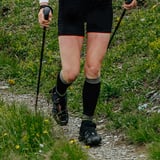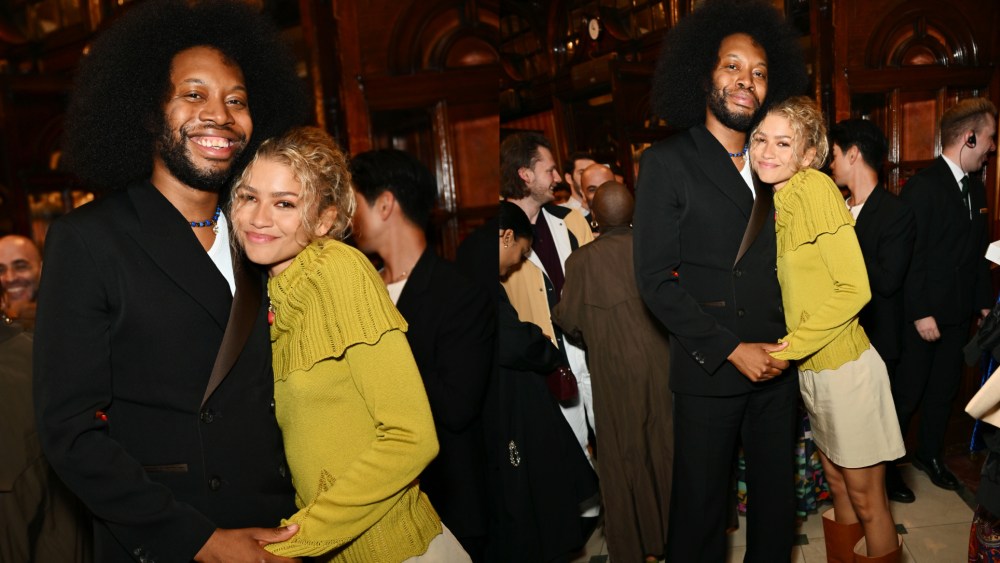Raise your hand if you’ve ever run an ultra-marathon that involves completing five, roughly 20-mile loops, with 60,000 feet of ascents and descents (approximately twice the height of Mount Everest), all without the aid of GPS. No? Well, me either. It may sound like a nightmare for some, but believe it or not, people willingly partake in this extreme race, dubbed the Barkley Marathons. In fact, it’s getting a lot of press at the moment because Jasmin Paris just became the first woman to ever complete it.
The inspiration story for the brutal race is as bizarre as the race itself. It was created in 1986 by Gary “Lazarus Lake” Cantrell and Karl Henn after they were, for lack of a better word, “inspired” by the 1977 prison escape of James Earl Ray, the assassin of Martin Luther King Jr. After escaping prison, Ray ran through the woods for over two days – but only made it about eight miles from the prison, according to CNN. Cantrell mocked his low mileage, noting, “I could do at least 100 miles,” and thus, the Barkley Marathons was born.
The ultramarathon was named after Cantrell’s running partner, Barry Barkley, and takes place in the dense woods of Frozen Head State Park in Tennessee. If we haven’t already made this clear, it’s not your average race – even if you set aside the extreme distance. The grueling run is rooted in secrecy, and its bizarre quirks feed into its legendary status.
But what exactly is the Barkley Marathons, and why is everyone suddenly talking about it? To answer those questions and more, we put together this comprehensive guide to the Barkley Marathons.
What Is the Barkley Marathons?
The Barkley Marathons is a race composed of five 20- to 26-mile loops, each with roughly 12,000 feet of climbing, totaling about 130 miles and 60,000 feet. Participants must complete the off-trail contest within 60 hours, and the “rain or shine” race is known to bless runners with freezing temperatures, rain, snow, sleet, and/or fog.
That in itself sounds beyond intense, but to take it a step further, there’s no marked route. And runners aren’t allowed to use a GPS or a phone. That’s right. The runners don’t even know where they’re going. Instead, they’re given a blank topographic map of the park the day before the race, which they can use to generally study and plot out 10 to 15 books based on Cantrell’s master map.
Wait, what?! Books? Yes. Naturally, runners must find nine to fourteen books – like, actual books – along the route as part of the journey. When they locate one, they must rip out the page that coincides with their bib number as proof of completion. But keeping the same bib number throughout the entire race would be too easy, of course, so runners are issued a new number at the beginning of each new lap, resulting in another page requirement.
Oh, and runners also don’t know when the race will start. They know the day (usually in the early spring), but they don’t know the exact start time until one hour prior, when Cantrell blows a conch shell. The games then officially start after . . . he lights a cigarette.
Once the time is ticking, the runners then have 12 hours to complete each lap (for a total of 60 hours), which vary between clockwise and counterclockwise loops. Participants are allowed one crew member who can watch from the lookout tower, though they aren’t allowed on the course and can’t talk or provide support to contenders. Runners must also carry their own supplies, with the ability to restock after each loop.
If you fail to complete a loop within the allowed 12 hours, you’re supposedly pulled from the course where a trumpet playing Taps accompanies your departure.
How Do You Apply to the Barkley Marathons?
Here’s the thing: there’s no real answer. The application process is a closely guarded secret. If someone wishes to participate, they must figure out how and when to apply on their own, and then pay a $1.60 entry fee.
In past years, there’s been an entry essay where runners must explain why they should be chosen to race the ultramarathon, but requirements are known to change each year.
Registration is limited to 35 or 40 participants, and those who are selected receive a “letter of condolence” notifying them of their acceptance.
If you’re new to the race, you must also bring a license plate of your home state and country as part of your registration fee. Seasoned runners who have participated before have to bring an item of Cantrell choosing, typically a shirt, socks, flannel, or pack of cigarettes.
What Do the Winners of the Barkley Marathons Get?
Bragging rights! Yep. There’s no money, prizes, or sponsorships.
In a way, the prize for completing the race is that you get to finally stop and rest, but there’s no “official” prize for winning.
How Many People Have Finished the Barkley Marathons?
In total 20 people have finished the Barkley Marathons, some more than once. And over the weekend, a major milestone was set: Jasmin Paris, from Midlothian, Scotland, became the first woman to complete the Barkley Marathons.
Paris had unsuccessfully attempted the race twice before, but in an unbelievable victory, the 40-year-old veterinarian crossed the finish line in 59 hours, 58 minutes, and 21 seconds, just 99 seconds before the race cut-off. The mom of two collapsed after completion, overcome with exhaustion and emotion, later telling the BBC that she did it for, and was inspired by, “women worldwide.”
Andi Breitowich is a Chicago-based freelance writer and graduate from Emory University and Northwestern University’s Medill School of Journalism. Her work has appeared in POPSUGAR, Women’s Health, Cosmopolitan, and elsewhere.




